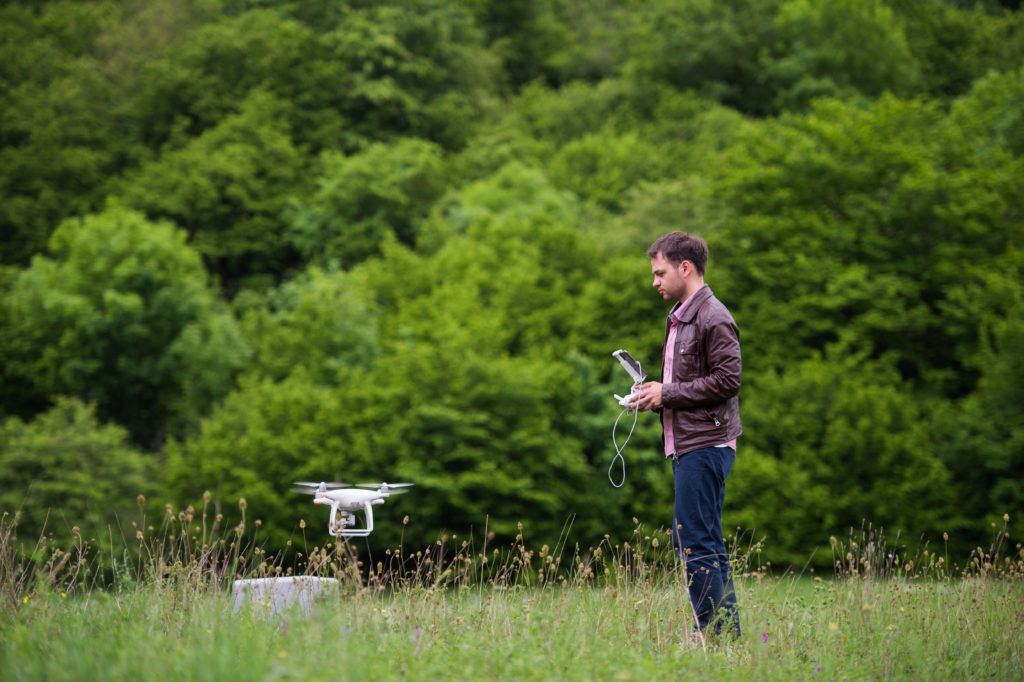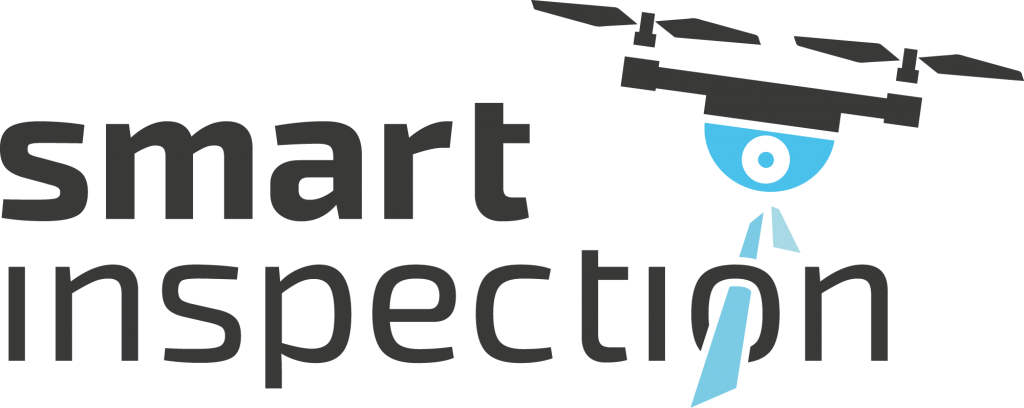In the future, UAS will be operated in three different categories. The risk level criteria as well as other criteria are used to establish these three categories of operations (see Blog All new? – The European Union (EU) regulations on drones (part I)).
According to recital 8 of the Implementing Regulation, the UAS operation in the “open” category is the most riskless. However, as the new EU drone law presents relatively strikingly, a low operational risk does not necessarily mean that the operation of UAS is possible under lower legal requirements. In fact, the opposite is the case.
These new and relatively complex legal requirements will be summarized in this part of our new drone blog series.
Requirements in the “open” category
Operations shall be classified as UAS operations in the “open” category only where the following requirements are met:
- It has to be a UAS of the classes C0 to C4 of the Delegated Regulation;
- The UAS has a maximum take-off mass of less than 25 kg;
- The Remote pilot ensures that the UAS is operated in a safe distance from people and that it is not flown over assemblies of people;
- The operation must be carried out in visual line of sight (“VLOS”) or together with a spotter;
- The maximum flight altitude is 120 m (unless the UAS may exceptionally and upon request overfly an obstacle);
- During the flight, the unmanned aircraft does not carry dangerous goods and does not drop any material.
Operation in subcategories
In the “open” category, UAS will be operated in three subcategories in the future. This further subdivision was made to allow different types of operations without authorisation. The sub-categories were defined according to risks to persons and objects on the ground.
Subcategory A1 – Flights over people but not over assemblies of people
Subcategory A1 in turn differs between two different cases, depending on the operating conditions and the required competence of the remote pilot:
In the FIRST CASE of subcategory A1, an overflight of uninvolved persons (i.e. persons uninvolved from the operation of the UAS) is defined as an acceptable operating condition; assemblies of people must not be overflown under any circumstances.
Allowed UAS for this operating condition are (i) privately built UAS under 250 g and a maximum operating speed of less than 19 m/s, (ii) UAS marked as class C0 (< 250 g), (iii) CE-certified UAS that do not meet the requirements of the Delegated Regulation, that were placed on the market before 01.07.2022 and that have a maximum take-off mass of less than 250 g.
As remote pilot qualification only the study of the user manual is required.
In the SECOND CASE of subcategory A1, the acceptable operating condition defined is that the remote pilot is allowed to fly in areas where he can assume that he will not overfly uninvolved persons. In the event of unexpected overflight of uninvolved persons, the remote pilot shall reduce as much as possible the time during which the UAS overflies those persons. Assemblies of people must not be overflown here either.
Allowed UAS for this operating condition are UAS marked as class C1 (< 80 Joule or < 900 g).
This operating condition requires a stricter remote pilot qualification: The remote pilot must read the user manual and has to complete an online training course followed by completing successfully an online theoretical knowledge examination. The examination shall comprise 40 multiple-choice questions distributed across the subjects air safety, airspace restrictions, aviation regulation, human performance limitations, operational procedures, UAS general knowledge, privacy and data protection, insurance and security.
Subcategory A2 – Flights close to people, while keeping a safe distance from them
The operating condition for subcategory A2 is defined as followed: UAS have to be operated in such a way, that the UAS does not overfly uninvolved persons and the UAS operations take place at a safe horizontal distance of at least 30 meters from them. An approach of non-involved persons at a safety distance of 5 m is only permitted if the remote pilot operates the UAS with an active low speed mode function.
Allowed UAS for this operating condition are UAS marked as class C2 (< 4 kg).
As in the second case of subcategory A1, an online training course and an online theory examination are required as remote pilot qualification. In addition, the remote pilot must also be able to operate the UAS in the operating conditions for subcategory A3 (see below); he has to complete a self-practical training and he has to pass an additional theoretical knowledge examination across the subjects meteorology, UAS flight performance and technical and operational mitigations for ground risk.
Subcategory A3 – Flights far from people
The operating condition for subcategory A3 is that the UAS may only be operated in areas where the remote pilot reasonably expects that no uninvolved persons will be endangered. In addition, a safety horizontal distance of at least 150 meters must be kept from residential, commercial, industrial and recreational areas.
Allowed UAS for this operating condition are (i) privately built UAS under 25 kg, (ii) UAS marked as class C2 (< 4 g), (iii) UAS marked as class C3 (< 25 kg), (iv) UAS marked as class C4 (< 25 kg) and (v) CE-certified UAS that do not meet the requirements of the Delegated Regulation, that were placed on the market before 01.07.2022 and that have a maximum take-off mass of less than 25 kg.
An online training course and an online theory examination (as in subcategory A1 second case) are required as remote pilot qualification.
4. Registration
UAS operators shall register themselves if they operate (i) UAS with a maximum take of weight of 250 g or more, or, which in the case of an impact can transfer to a human kinetic energy above 80 Joules (i.e. UAS marked as class C2, C3 or C4), or if they operate (ii) an UAS that is equipped with a sensor able to capture personal data unless it is a toy that complies with Directive 2009/48/EC.
The UAS itself (operated in the “open” category), on the other hand, does not have to be registered by the operator.

